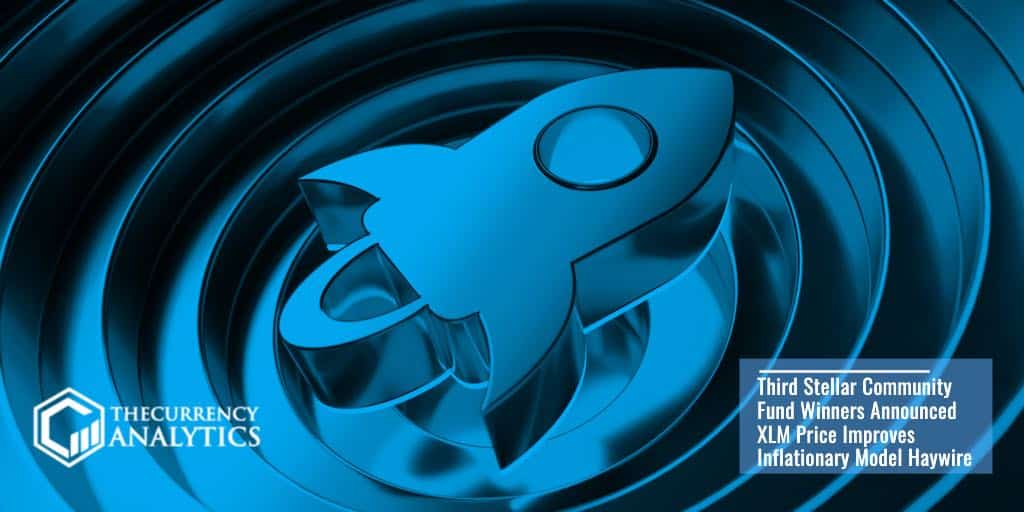
Every 3 months, the Stellar Community gets the opportunity to vote for their favorite project proposals. A pool of 3,000,000 Lumens gets split among winners. The votes for the Third Stellar Community Fund got cast, and the results tallied and published. Community participation has been increasing in each round.
There were a total of 730 eligible community voters through the nomination and final rounds. The participants were active in submitting a proposal, participated in the project discussion, and submitted their feedback.
At the time of writing the news, Stellar Lumens (XLM) was trending at $0.047386.
The winners of the Stellar Community Fund are: Paysapp – 18.1090%; Stellar Battle – 15.7051%; Litemint – 13.7821%; Public Node – 13.1410%; Blue Orion -12.1795%; StellarTerm – 9.6154%; Cosmic.Link – 8.8141%; and Lumens for Charity – 8.6538%.
The first year of the Stellar Community Fund is coming to an end. The community has stated that they will be digging into the feedback to refine the structure. Further, the call for round 4 will take a pause. The Foundation has requested the community to stay tuned to announcements.
The announcement concluded, stating: “We’re looking forward to seeing what amazing proposals and community-driven projects come out of 2020.”
The Bulls are currently in control of the cryptocurrency market. The price of the Bitcoin has support at $7,777. The value is climbing back to $8,000 despite a slight rejection. In sync with the bullish pattern of Bitcoin, Stellar Lumens rallies by 8%. Relatively high volumes have supported the surge of XLM. Several other theories are floating around to answer the price surge of XLM.
The Stellar Lumens Inflationary model did not leverage as intended, and it got removed from the system.
The SDF adopted the circulating supply inflation model. The base supply inflation was set at 1% in the protocol. The XLM tokens were created and distributed every year. The newly-minted tokens got distributed in the community through “inflation destinations.” Similar to voting, the expected reaction was that the community would vote for the most promising development.
Le Calvez wrote: “Votes were tallied weekly and each inflation destination account that got voted by at least 0.05% of the supply would receive a share of the inflation pool proportional to the total balance of all its designating [accounts].”
Very few Stellar Accounts participated in this event. For all practical reasons, the feature was disabled by the Foundation. The feature allowed SDF to receive 98% of all the XLM inflationary funds. The Foundation controlled 80% of the token supply. They held themselves as the inflation destination and the primary beneficiary was a tightly-linked subsidiary. The Foundation made 5.4 billion XLM from the inflation process. The research inflation model is now considered a joke though not a scandal. It just proves that every system can go haywire in their ways sometimes.
Get the latest Crypto & Blockchain News in your inbox.